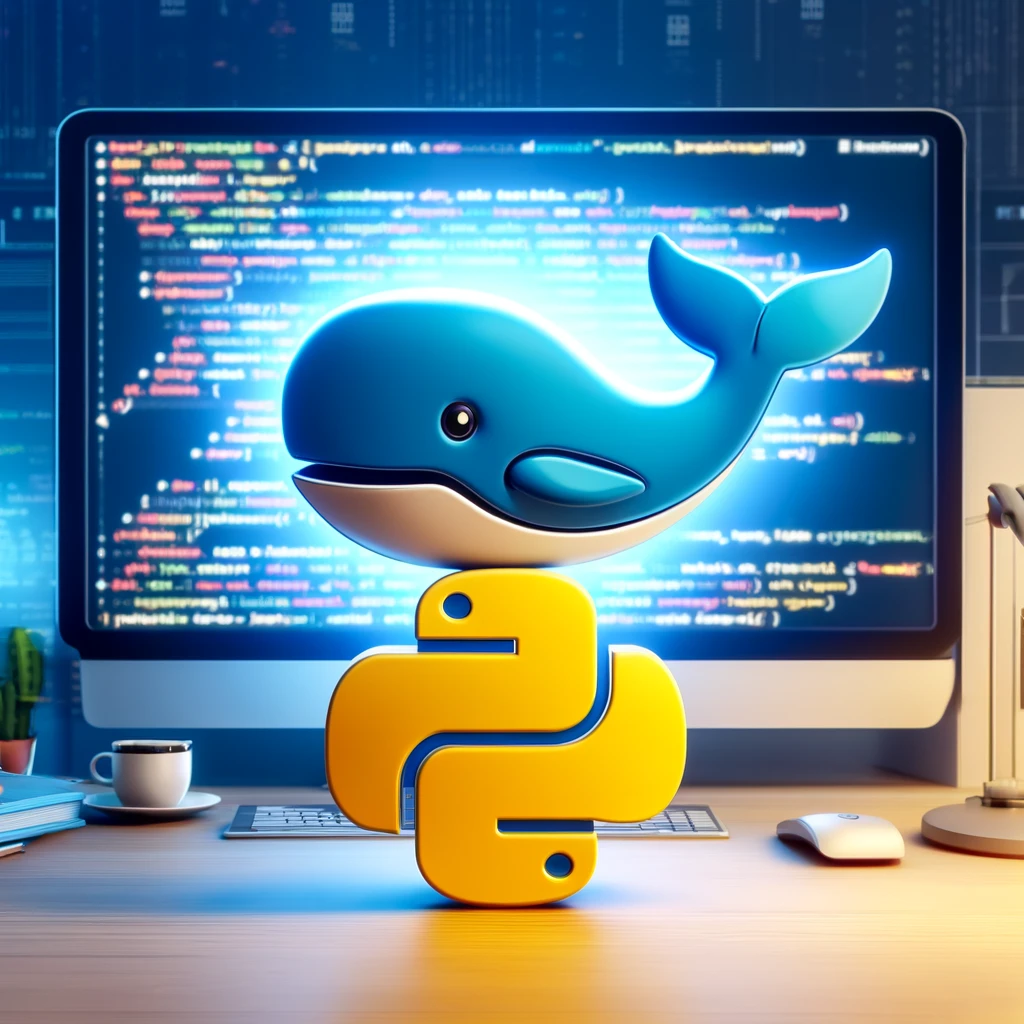Welcome back to Continuous Improvement, where we explore the paths that lead to personal and professional growth. I'm your host, Victor Leung, and today we're delving into the powerful practice of self-reflection—how it shapes our decisions, enhances our self-awareness, and ultimately guides our career trajectories.
Self-reflection is more than a practice—it's a strategy. It helps us understand our actions and decisions, providing clarity on what works and what needs improvement. For me, this has been a cornerstone in navigating from being a software engineer to a technical lead, and now a solution architect.
One effective tool in my self-reflection arsenal is journaling. It's not just about documenting days; it's a method to dissect experiences, celebrate successes, and strategically address challenges. Journaling has helped me clarify my goals and accelerate my learning curve. By writing down my thoughts, I've been able to pinpoint areas for professional development and personal growth.
Let's talk about the journey. Starting out in Hong Kong, the unique path from a bachelor’s degree in Chemistry to advanced degrees in Computer Science and Business Administration set the stage. Each transition was fueled by a mix of curiosity and strategic planning, reflected through continuous learning—be it certifications in AWS, Kubernetes, or mastering TOGAF.
My career has been significantly shaped by leveraging my strengths. My rapid learning ability and curiosity have allowed me to solve varied complex problems—launching significant financial products, developing mobile apps, and crafting user-centric front-end applications. These are not just tasks; they are milestones that mark my ability to adapt and innovate.
Despite a natural inclination towards shyness, I've cultivated crucial soft skills. Public speaking, writing, and clear communication are not just skills; they're bridges—connecting complex tech ideas with real-world applications. These have been indispensable in my roles in consulting and banking, where influencing decisions is as important as the technical solutions themselves.
I thrive on challenges—whether it's debugging a deployment issue or demystifying a software glitch. It's about turning obstacles into opportunities. And now, as I pivot towards a future in consulting, I see a canvas ready for a blend of technological solutions and strategic foresight.
Looking forward, my goal is to leverage my accumulated expertise in real-world projects, particularly those transforming legacy systems with cutting-edge technologies. Engaging with industry experts to understand their challenges is crucial for this journey.
The path forward involves continuous skill enhancement and mastering the art of storytelling to align technological solutions with business needs. It's about making the complex accessible and the solutions impactful.
So, as we reflect on our own paths, remember that self-reflection is not just a tool for personal insight but a strategic framework for professional development. It prepares us to not only navigate but also shape the journey ahead.
Thank you for tuning into Continuous Improvement. I hope today's episode inspires you to embrace self-reflection in your own journey. Stay curious, stay reflective, and as always, keep improving. Until next time, this is Victor Leung, signing off.



